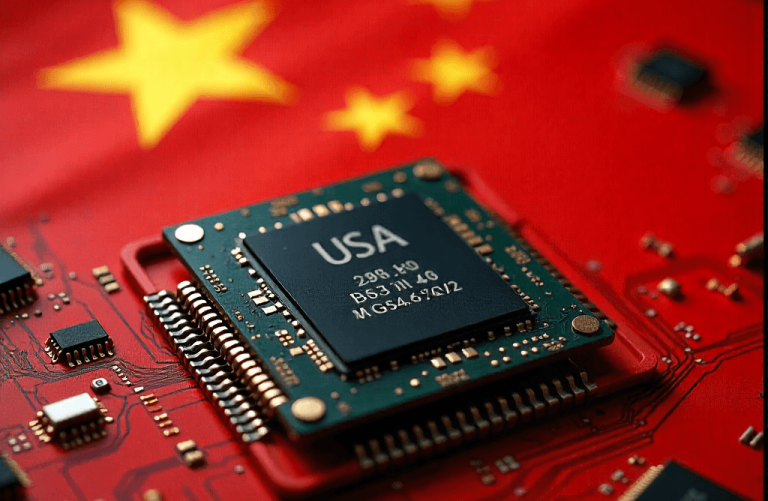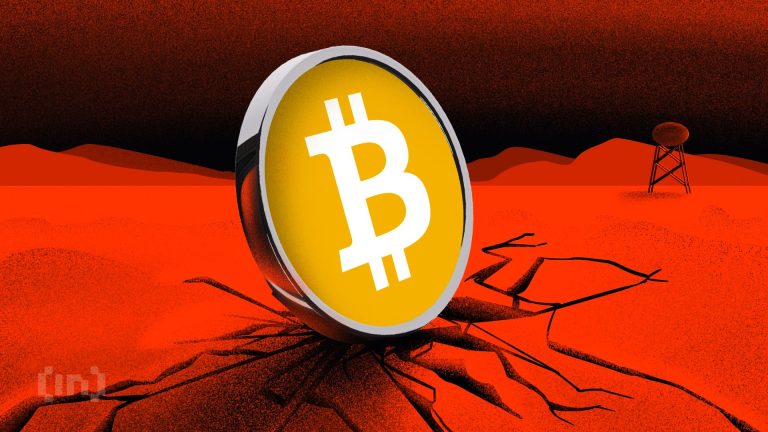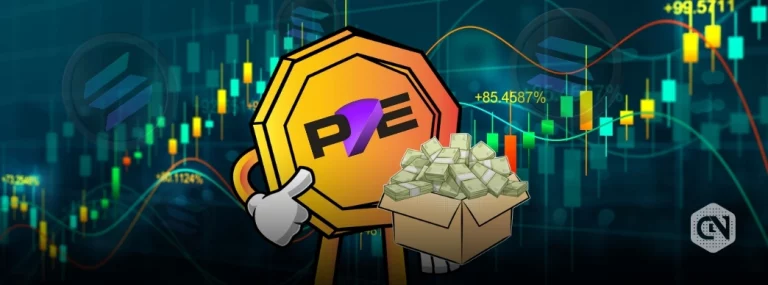
A video showcasing a Tesla Model Y maneuvering through an intersection in Austin, Texas, without a driver has ignited considerable online interest. The clip, shared on X (formerly Twitter), depicts the vehicle turning left past pedestrians while displaying a “Robotaxi” logo on its side and featuring only one passenger inside.
Tesla CEO Elon Musk amplified the buzz by reposting the video, describing it as a “beautifully simple design.” This marks a pivotal visual cue for the anticipated robotaxi rollout, which Musk has indicated could commence as early as June 22, with the first self-driving delivery to a customer planned for June 28.
The brief, ten-second video was uploaded on Tuesday and has since been shared by other Tesla executives, including Ashok Elluswamy, Tesla’s VP of Autopilot and AI. Elluswamy alluded to a gradual rollout plan in his post, suggesting a measured approach.
The vehicle in the footage appeared to be a refreshed Model Y, with tinted windows obscuring the driver’s seat. The logo on the vehicle aligns with Tesla’s recent branding style, inspired by the Cybertruck. Despite inquiries about whether this signifies a public launch or another test, Tesla did not respond to media requests, nor did the individual who initially shared the clip.
However, Musk clarified on X that these vehicles are “unmodified Tesla cars coming straight from the factory,” implying that all new Teslas have the capability for full self-driving.
Despite the excitement, the initial rollout will be limited and closely monitored. Musk stated that the program will begin with 10 vehicles, potentially increasing to 40 over several weeks. “We just want to put our toe in the water,” Musk explained, emphasizing safety as the highest priority.
Currently, Tesla is listed as being in the testing phase on Austin’s official autonomous vehicle registry, contrasting with Waymo, Google’s autonomous division, which is already operational.
The robotaxi service will be restricted to designated geofenced areas in Austin, utilizing Tesla’s Full Self-Driving (FSD) software and undergoing constant monitoring. Musk also mentioned that a more advanced model is in the alpha stage, with potential deployment in a few months.
This test launch is critical for Tesla, especially following a 71% drop in profits during the first quarter of 2025. The robotaxi initiative is perceived as vital for the company’s future amid Musk’s controversial public persona.
In a recent CNBC interview, Musk suggested that Tesla could have 1,000 robotaxis in operation within months, with a projection of over a million by the end of 2026. “The streets will change very rapidly,” he stated.
Tesla faces competition from other companies, including Waymo, which is already providing robotaxi rides in several U.S. cities, and has partnered with Uber to offer autonomous trips.
While Musk has committed to achieving full autonomy without lidar or radar, Tesla’s current software remains classified as Level 2 driver assistance, necessitating frequent human intervention. Analysts express skepticism about the ambitious timelines Musk has set, with some forecasting a true scaling of the robotaxi fleet by 2028.
Nevertheless, some analysts remain optimistic about Tesla’s potential, noting the company’s existing fleet of autonomy-ready vehicles. As the countdown to the anticipated launch begins, the question remains whether this will mark a transformative moment for Tesla or simply another showcase of technology in development.





